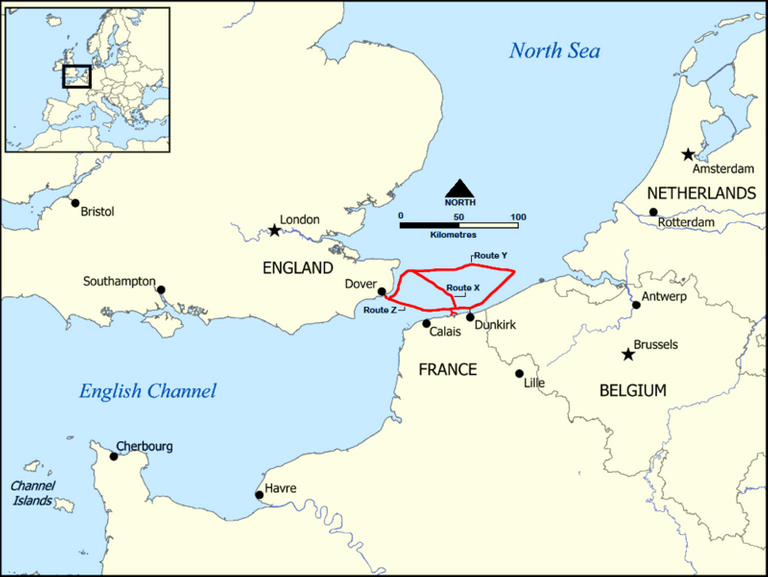

Bienvenid@
Hola querido o querida historiador(a) , espero que te encuentres bien , pues hoy les hablaré de una hazaña que llevo al rescate poco más de 300.000 soldados aliados en la segunda guerra mundial , sin más nada que decir comencemos:
Evacuación de Dunkerke
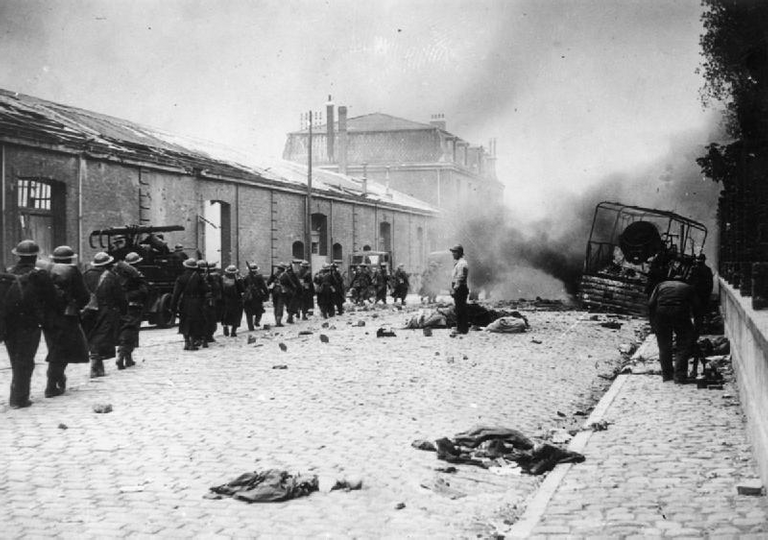
La operación Dynamo fue una operación de suma importancia para los aliados , precisamente para Francia , Reino Unido y Bélgica, pues esta operación ayudó a rescatar a 300.000 soldados aliados de una gran envestida del ejército alemán,Esta operación fue en las playas de Dunkerke (Francia).
Pensarán ¿Cómo ocurrió esto, pues les cuento:
Cuando Alemania invadió Polonia en 1939 dando comienzo a la segunda guerra mundial, los países aliados en ese entonces Francia , Reino Unido , Bélgica ,Países bajos,Polonia y otros pocos , tenían un pacto de apoyarse mutuamente en caso de una invasión por parte de otro país ajeno al pacto.
Eso quiere decir que cuando Alemania invadió Polonia, Francia y Reino Unido le habían declarado la guerra a Alemania.
En un mes Alemania conquistó junto a la URSS toda Polonia, después de la conquista Adolf Hitler junto a Heinz Guderian y otros altos mandos del ejército alemán , planearían la conquista de Francia.
Antes de iniciar el fuego contra las posiciones francesas , el plan de conquista de Francia se basaba en conquistar Bélgica y los Países Bajos con el fin de evitar la larga extensión de fortificaciones defensivas de la línea Maginot.
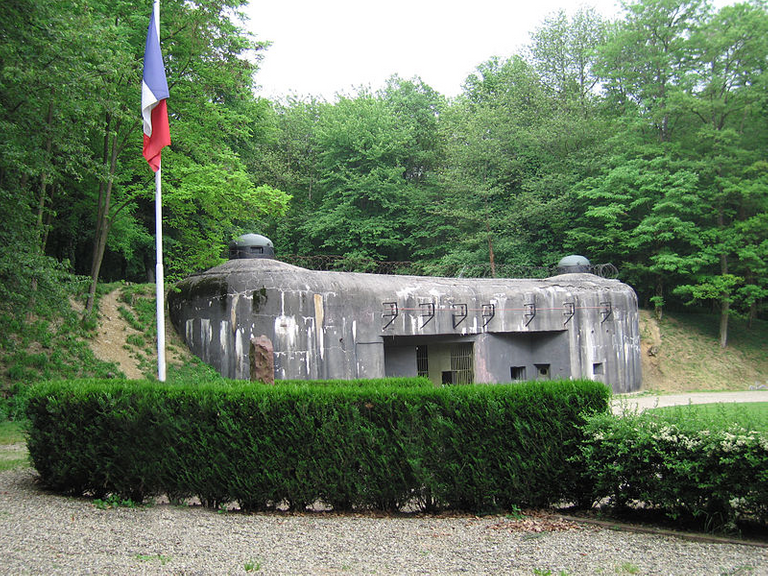
Pero antes del inicio de los hostigamientos el jefe del estado mayor Erich Von Manstein (dirigente del grupo de ejércitos A de Alemania) trazó un plan nuevo casi parecido al primero , la única diferencia sería rodear la línea Maginot cruzando los bosques de las Ardenas, este plan fue aprobado por Hitler y se le denominó "Plan Manstein".
El plan se puso en marcha el 10 de mayo de 1940 , los alemanes dividieron sus fuerzas para acorralar a la fuerzas aliadas , el ejército B de alemania (Dirigida por Fedor Von Bock) se dirigiría a atacar a Bélgica , mientras que divisiones Panzer (3 para ser específico) que eran las que conformaban el ejército A se dirigían a través de la Ardenas hacia el Canal.
El ejército B se encontrría el el río Dyle el bélgica con la BEF (Fuerza Expedicionaria Británica) junto a tropas belgas y francesas para un enfrentamiento de 4 días , donde las fuerzas aliadas estaban siendo masacradas, los franceses y belgas no resistieron las oleadas alemanas, a la BEF se le dio la orden de retirada.
El 17 de mayo el gran Winston Churchill visitaría París , donde no recibiría buenas noticias , pues el general francés Maurice Gamellin le dijo que no habían reservas de soldados y posteriormente otro general llamado Gaston Billote le revelaría que no habían tropas entre los alemanes y el mar, de una vez dijeron que la mejor opción sería llevar a cabo lo más rápido posible una evacuación hacía el canal de la mancha a través de Dunkerke.
Evacuación
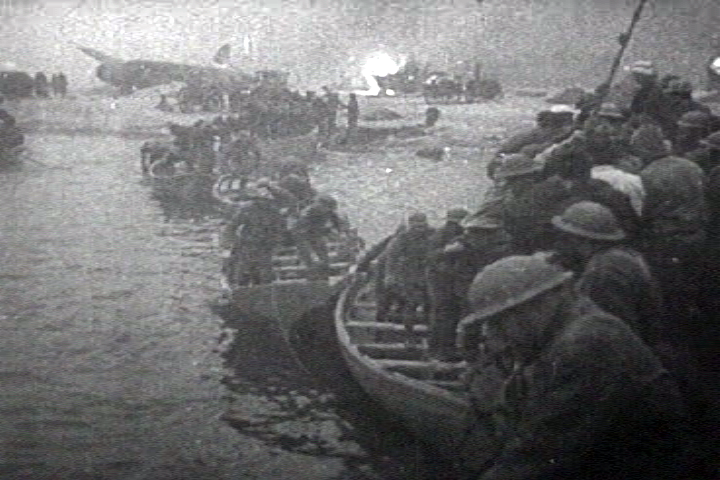
Las playas de Dunkerke fueron seleccionadas por su gran amplitud de playas de arena y por las fortificaciones que quedaban cerca para ofrecer apoyo a las tropas que esperaban su evacuación de los bombardeos alemanes.
La operación Dynamo comenzó el 26 de mayo ,los alemanes embolsaron a más de 400.000 soldados británicos , belgas y franceses en Dunkerke.
Por alguna una orden del alto mando alemán los soldados alemanes dejaron de avanzar , pues se les dijo que tomaran posiciones para evitar un contragolpe de los aliados desde otro flanco.
A cambio el ejército alemán decidió enviar ataques aéreos dirigidos por la Luftwaffe con los famosos Junker Ju 87 o Stukas y artillería , durante el día y noche haciendo que la evacuación fuera un total infierno.
Los británicos destinaron 40 destructores y muchos barcos mercantes para tal hazaña , las precarias cabezas de playa en Dunkerke abarrotadas de soldados de los aliados que constantemente estaban siendo bombardeados por los Stukas y los cañones artilleros alemanes , apenas podían moverse y tenían que esperar que la marea subiera para que los barcos mercantes se dirigieran la playa a transportar soldados a los buques ingleses que se encontraban en mar abierto , mientras se defendían de los ataques aéreos.
La Royal Navy se defendía con sus cañones anti-aéreos , mientras esperaban a los soldados para llevarlos camino a casa.
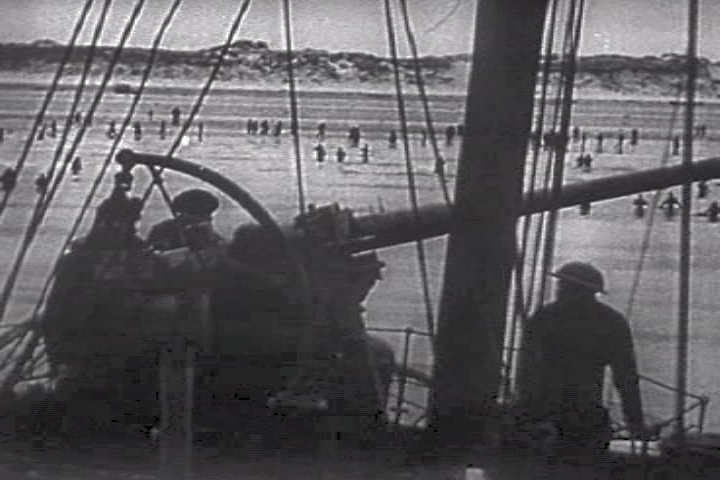
Día y noche , hora tras hora , minuto tras minuto , las fuerzas agotadas , la suerte en su contra y muchos bombardeos , cada barco que llegaba para evacuar soldados corría el mismo riesgo en el mar que en la misma playa , muchos de estas embarcaciones ni siquiera llegaba a los destructores , pues los submarinos y aviones alemanes estaban en constante casería.
La operación se acabó el 2 de junio de 1940 , ya que la Royal Navy no podía permitir más perdidas , como así arriesgar más vidas civiles.
La operación comenzó con la meta de rescatar 50.000 soldados en 10 días , pero los resultados fueron 5 veces más grandes , pues se habían logrado rescatar más de 300.000 hombres del fuego enemigo.
Curiosidades
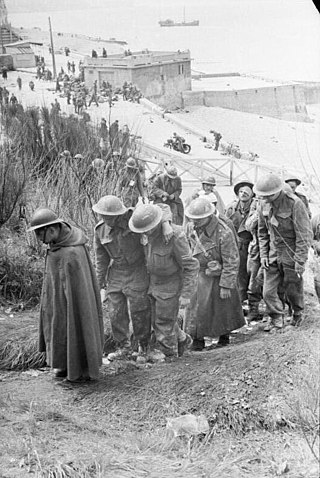
1.La operación fue bautizada como "El milagro de Dunkerke".
2.La Royal Navy perdió 6 destructores: El Grafton, el Grenade,el Wakeful, el Basilisk, el Havant y el Keith.
3.La armada francesa dio de baja 3 destructores: El Bourrasque, el Sirocco y el Le Foudroyant.
4.Los soldados rescatados en Dunkerke fueron utilizados en el desembarco de Normandía "Día D".
Más información:
Gracias por leer este post , si te gustó te agradecería un montón que lo compartas para que más personas lo lean y sin más nos vemos en otra historia :D.


Welcome
Hello dear historian, I hope you are well, today I will tell you about a feat that led to the rescue of more than 300,000 allied soldiers in World War II, without further ado, let's begin:
Dunkirk Evacuation

Operation Dynamo was an operation of great importance for the Allies, precisely for France, United Kingdom and Belgium, because this operation helped to rescue 300,000 Allied soldiers of a great onslaught of the German army, This operation was on the beaches of Dunkirk (France).
You will think how did this happen, well I tell you:
When Germany invaded Poland in 1939 starting the Second World War, the allied countries at that time France, United Kingdom, Belgium, Netherlands, Poland and a few others, had a pact to support each other in case of an invasion by another country outside the pact.
That means that when Germany invaded Poland, France and the United Kingdom had declared war on Germany.
In one month Germany conquered together with the USSR all of Poland, after the conquest Adolf Hitler together with Heinz Guderian and other high commanders of the German army, would plan the conquest of France.
Before initiating the fire against the French positions, the plan of conquest of France was based on conquering Belgium and the Netherlands in order to avoid the long extension of defensive fortifications of the Maginot line.

But before the start of the harassment the chief of staff Erich Von Manstein (leader of the German army group A) drew up a new plan almost similar to the first, the only difference would be to surround the Maginot line across the Ardennes forests, this plan was approved by Hitler and was called "Manstein Plan".
The plan was put into action on May 10, 1940, the Germans divided their forces to corner the Allied forces, the German army B (led by Fedor Von Bock) would go to attack Belgium, while Panzer divisions (3 to be specific) that were the ones that made up the army A would go through the Ardennes towards the Channel.
Army B would meet at the Dyle River in Belgium with the BEF (British Expeditionary Force) along with Belgian and French troops for a 4 day engagement, where the Allied forces were being slaughtered, the French and Belgians did not resist the German waves, the BEF was given the order to withdraw.
On May 17 the great Winston Churchill would visit Paris, where he would not receive good news, because the French general Maurice Gamellin told him that there were no reserves of soldiers and later another general named Gaston Billote would reveal that there were no troops between the Germans and the sea, at once they said that the best option would be to carry out as quickly as possible an evacuation to the English Channel through Dunkirk.
Evacuation

The beaches of Dunkirk were selected for their wide sandy beaches and nearby fortifications to provide support for the troops awaiting evacuation from German bombardment.
Operation Dynamo began on May 26, the Germans bagged more than 400,000 British, Belgian and French troops in Dunkirk.
By some order of the German high command the German soldiers stopped advancing, as they were told to take up positions to avoid an Allied counterattack from another flank.
In return the German army decided to send air raids led by the Luftwaffe with the famous Junker Ju 87 or Stukas and artillery, during the day and night making the evacuation a total hell.
The British assigned 40 destroyers and many merchant ships for such a feat, the precarious beachheads at Dunkirk crowded with Allied soldiers who were constantly being bombarded by German Stukas and artillery guns, could hardly move and had to wait for the tide to rise so that the merchant ships would head for the beach to transport soldiers to the British ships that were in the open sea, while defending themselves from the air attacks.
The Royal Navy was defending itself with its anti-aircraft guns, while waiting for the soldiers to take them on their way home.

Day and night, hour after hour, minute after minute, forces exhausted, luck against them and many bombardments, each ship that arrived to evacuate soldiers ran the same risk at sea as on the beach itself, many of these boats did not even reach the destroyers, as the German submarines and planes were in constant hunt.
The operation ended on June 2, 1940, since the Royal Navy could not allow more losses, as well as risking more civilian lives.
The operation began with the goal of rescuing 50,000 soldiers in 10 days, but the results were 5 times greater, as more than 300,000 men had been rescued from enemy fire.
Curiosities

1.The operation was baptized as "The Miracle of Dunkirk".
2.The Royal Navy lost 6 destroyers: the Grafton, the Grenade, the Wakeful, the Basilisk, the Havant and the Keith.
3.The French Navy lost 3 destroyers: the Bourrasque, the Sirocco and the Le Foudroyant.
4.The soldiers rescued in Dunkerke were used in the Normandy "D-Day" landing.
More information:
Thanks for reading this post, if you liked it I would be very grateful if you could share it so more people can read it and without further ado I'll see you in another story :D.

Como siempre: es como si estuviese en la escena. Muy completo el relato.
🤗🤗🤗
Gracias a ti descubrí esta comunidad, que genial que a una persona tan joven le apasione la historia moderna tanto como a mí. 🔥🔥 ¡Saludos!